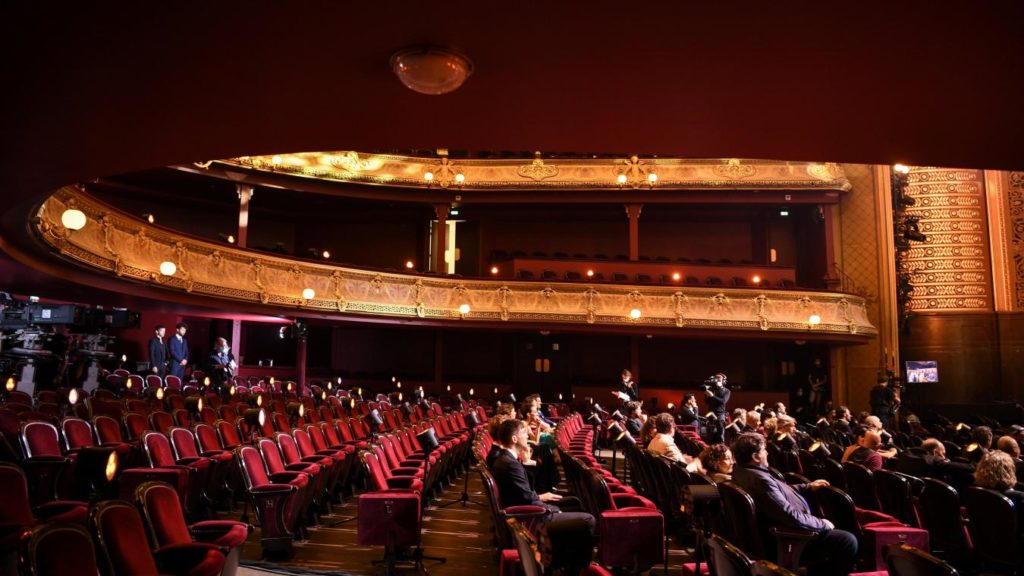A new colour-coded risk system will be released on Tuesday which will aim to support the events and culture industry as they attempt to recover from a major slump brought on by the coronavirus pandemic.
Green, yellow, orange and red will be used to describe different risk scenarios which are set to be applied at a municipal level by local authorities depending on the situation on the ground.
“This offers security and stability, both for the organizers and for the municipalities themselves,” Johan Penson, spokesperson for the oKo federation for the arts, told VRT.
Related News
- Belgium launches free rail pass scheme
- Evictions resume from 1 September in Brussels
- A test does not replace the need to quarantine, warns Crisis Centre
The new system mimics that created by education ministers preparing the return to school in September, and was adopted in an agreement between representatives of the event industry and an experts task force advising federal authorities.
Reboot under code yellow
The four-level system will provide a clear roadmap for both local authorities and organisers and avoid last-minute event cancellations, Penson say.
Under a code green scenario —which officials say remains unlikely for the time being— entails a situation in which no restrictions or particular measures will be required for events.
Just like the return to school, from Tuesday 1 September, the sector will start activities back up under code yellow, which applies when the risk of infection is low.
Under code yellow, event organisers will have to ensure there is at least a one-metre distance between each social bubble, and spectators will be required to wear a face mask throughout the performance.
A code orange entails a higher risk of infection, with the minimum social distance cranked up to 1.5 metres and with both event employees and the public required to wear a face mask, while a code red scenario will mean the return of lockdown measures and the cancellation of all public events.
"With this, an organiser has a clear idea of what to take into account when planning and event and municipalities know what is or is not possible at different levels of infection," Penson said.
"Like this, we will prevent local authorities from haphazardly cancelling events, as was the case in the summer when they did not really know where they stood," he added.
The new measures will come into force on Tuesday, when the maximum number of attendees allowed in indoor and outdoor events will also be increased to 200 and 400, respectively.
Gabriela Galindo
The Brussels Times

